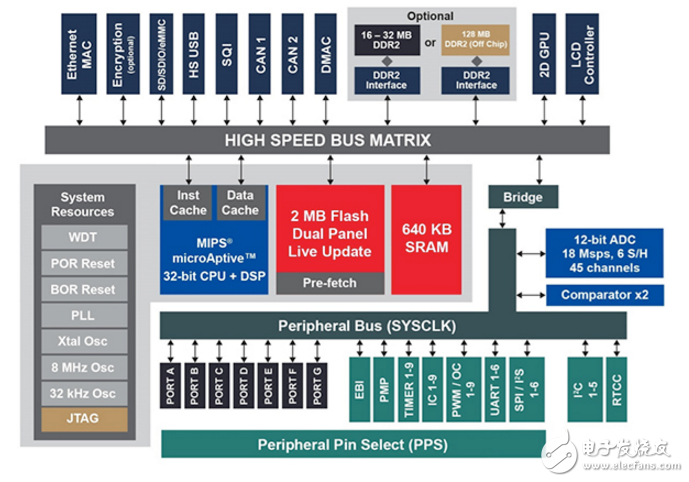
资料下载

利用单片机与嵌入式GPU进行充分显示为基础的用户界面
利用单片机与嵌入式GPU进行充分显示为基础的用户界面
各种类型的嵌入式系统正变得越来越紧密,以数据为中心,最终用户期望高分辨率、全彩色显示图形、指示器,甚至分析。简单的旋钮和用户界面拨号的日子正在迅速消失。
对于负责使复杂的嵌入式系统为终端用户提供简单和直观的同时又使其美观的任务的设计者来说,许多后端设计问题和权衡需要仔细考虑。以决议为例。
高分辨率转换为更高的功耗,通常应该是低功耗系统。随着功耗最小化,设计者需要在空间、成本和时间上考虑市场问题,同时也要选择最佳屏幕技术并相应地配置其系统。
在许多情况下,嵌入式工程师没有使用LCD屏幕的经验,也很少有嵌入式程序员设计了图形用户界面(GUI)。那么,这些开发人员应该如何在经常紧张的时间、预算和空间限制的情况下实现产品的现代化呢?

Stacking the human machine GUI problems
To the end user, a graphical interface should be intuitive. For its developers, it’s anything but that. Attractive and usable interfaces can be remarkably difficult to design, calibrate, and deploy in the field. Quite apart from the sometimes non-intuitive hardware problems, there’s the issue of designing the graphical aspect of the interface itself. How should data be presented? How big should the indicators be? Is the display equally visible in bright daylight and dim conditions? Should the display update rapidly, or should it present static content that the user can easily find? Should real-time information be presented as a “virtual gauge” or dial, or is it better presented as numbers, bar graphs, or colors? All these design decisions – and many more – quickly present themselves to often stressed and inexperienced developers and their team.
声明:本文内容及配图由入驻作者撰写或者入驻合作网站授权转载。文章观点仅代表作者本人,不代表电子发烧友网立场。文章及其配图仅供工程师学习之用,如有内容侵权或者其他违规问题,请联系本站处理。 举报投诉
- 相关下载
- 相关文章






